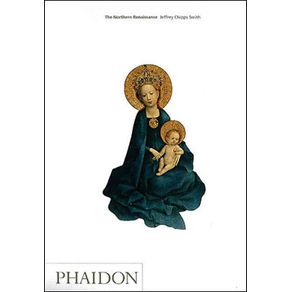"In the years from 1380 to 1580 northern Europe witnessed a period of artistic innovation as dynamic as contemporary developments in Italy. Stimulated by the atmosphere of intellectual curiosity about the individual and the natural world, Northern Renaissance artists, such as Jan van Eyck, Albrecht Durer and Hans Holbein, mastered the new techniques of oil painting and printmaking to produce some of the most exquisite art of all time. It was also a period of political, religious and social turmoil, which profoundly changed the patronage, production and subject matter of art. At all levels of society art was a part of everyday life." Jeffrey Chipps Smith writes about these changes and the objects themselves. The works range from tapestries, altarpieces and illuminated manuscripts to churches, palaces and civic architecture. He discusses the audiences and functions of art from across northern Europe, including not only Germany, France and the Low Countries, but also Britain and Austria. He explores major cultural and historic events such as the Protestant Reformation and the discovery of the Americas, and looks at how they widened intellectual and religious horizons. The results is a book that reveals how the Northern Renaissance masters laid the foundations for the art of succeeding centuries.



